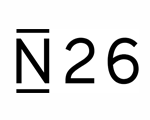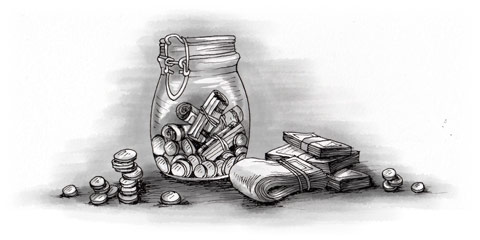A good place to start would be to check whether the local bank in your home country has any partnerships with a Danish bank. This will make money transfers quicker, cheaper and easier. If your Danish bank does not have a partnership with your home bank, you home bank will first transfer the money to their Danish partner bank, who will then transfer the money to the bank of your choice. You would have to pay extra fees for the transfer to this ‘intermediary’ bank.
Danish banks are generally open from 09:00 until 17:00 on Mondays, Tuesdays, Wednesdays and Fridays, with banks staying open for an hour longer on Thursdays. Danish banks do not open on weekends. The leading banks in Denmark are Danske Bank, Nykredit and Nordea.
What do I need to open a Danish bank account?
In order to open a bank account in Denmark you will need to provide your passport and your Danish identification number (CPR). You do not need to show any proof of your credit history or a letter of reference, though it is advisable to take your contract of employment if you have one. Opening a Danish bank account is completely free of charge.
Types of bank account in Denmark
You should consult individual Danish banks for information regarding the types of accounts you can open. Expatriates in Denmark generally have the choice of opening a current account as well as a deposit account.
If you receive a salary from a Danish employer, it is possible to have this transferred from your Danish bank account to a foreign account. However, this transfer is likely to take a few days and you will probably have to pay a transaction fee.
If you work in Denmark you should also open a Nemkonto ‘easy account’. This is the standard public payment system used by people working in Denmark. This account can be used to have your wages paid into, as well as receiving payments from the Danish authorities such as a tax rebate.



